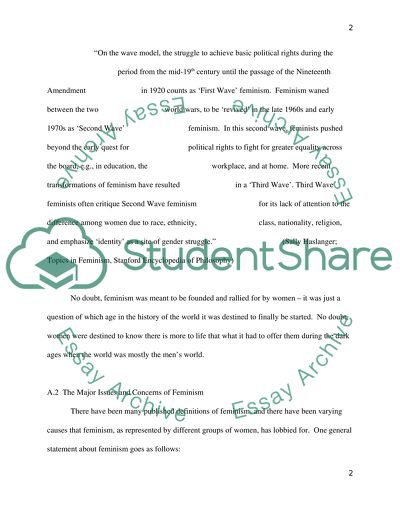Cite this document
(“Feminism in Literature Essay Example | Topics and Well Written Essays - 2250 words”, n.d.)
Retrieved from https://studentshare.org/miscellaneous/1533697-feminism-in-literature
Retrieved from https://studentshare.org/miscellaneous/1533697-feminism-in-literature
(Feminism in Literature Essay Example | Topics and Well Written Essays - 2250 Words)
https://studentshare.org/miscellaneous/1533697-feminism-in-literature.
https://studentshare.org/miscellaneous/1533697-feminism-in-literature.
“Feminism in Literature Essay Example | Topics and Well Written Essays - 2250 Words”, n.d. https://studentshare.org/miscellaneous/1533697-feminism-in-literature.


